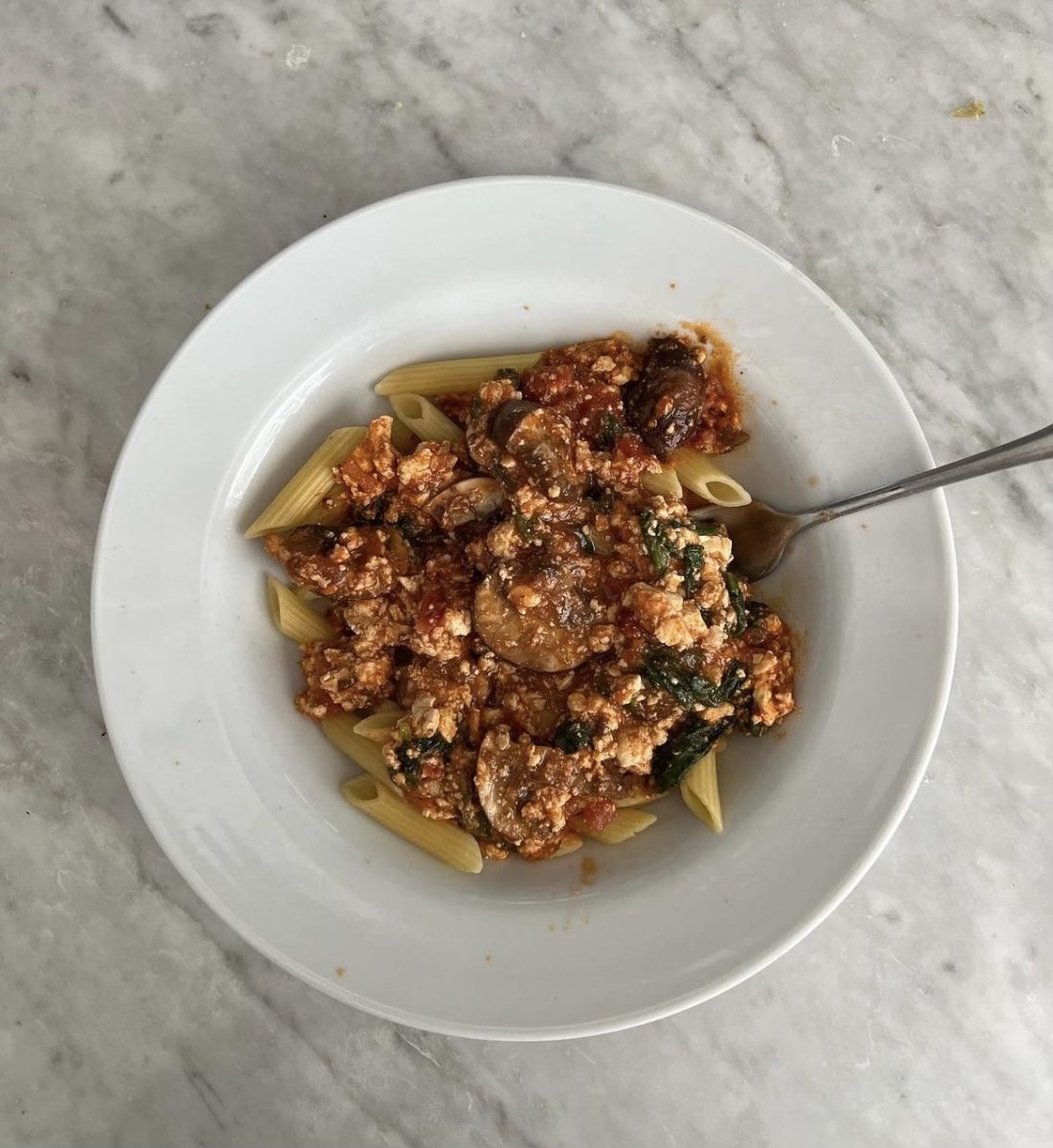As a vegetarian, I often get asked how I am able to get enough protein in a day. Protein intake seems like the number one concern for those who are attempting to cut down on animal products. However, there are several plant-based proteins that are very nutritious and pack just as much protein as meats.
With the abundance of new plant-based meat alternatives appearing on shelves, it can be hard to know which ones are the best for you and your needs. Over the past 10 years, I have tried pretty much every option, soI’m here to break down my favorites.
Highest in Protein: Seitan
Seitan contains 25 grams of protein per ⅔ cup, which is very similar to the amount in chicken. Additionally, it is a good source of minerals that are extremely important for the body like iron, selenium and calcium. However, seitan is made out of vital wheat gluten, which is unideal for those with gut health issues, and it does not contain all essential amino acids, so it is an incomplete protein. This means that you should eat seitan with beans, lentils, nuts or seeds to make up for the missing amino acids. Nonetheless, it is an extremely good source of protein and I highly recommend it.
Most Affordable: Beans
For just over a dollar, you can buy a can of beans with multiple servings. Beans are a great low-cost option for those who can’t afford expensive plant-based meat alternatives Although beans do not contain as much protein as seitan or tempeh, they are a great source of fiber. They are easy to prepare and you can make several diverse set dishes with them. For example, I love to put beans in my salads to pack some protein in a quick and easy lunch.
Best Tasting: Tempeh
Tempeh is a protein made from soy-beans, so it tastes nutty and mushroomy, which I love. However, I acknowledge that not everyone enjoys those flavors. What I love about tempeh is that it doesn’t need a ton of sauce to be delicious, but if you do not enjoy the strong flavor as much as I do, the meat substitute absorbs sauce extremely fast. My favorite sauces to eat tempeh with are coconut based ones.
Best Texture: Seitan
I am not sure if you can tell, but I am a very big fan of seitan. The texture is very similar to chicken. By seasoning it very well, seitan can taste almost exactly like chicken. Nonetheless, it’s easy to cook it wrong. My preferred way to make seitan is to pan-fry it, but you must always make sure to steam it beforehand. I would recommend never boiling seitan because the texture becomes spongy and awful.
Most versatile: Tofu
Tofu is the most versatile plant-based protein as it’s super simple to cut and cook. It cooks easily even after cutting it into cubes, thinly slicing it or mashing it. Tofu can be eaten raw, steamed, pan-fried, baked or by other cooking methods. This makes tofu a great replacement option for a lot of different meats. My favorite way to eat tofu is to mash it up into a bolognese texture and eat it with a big bowl of pasta.









